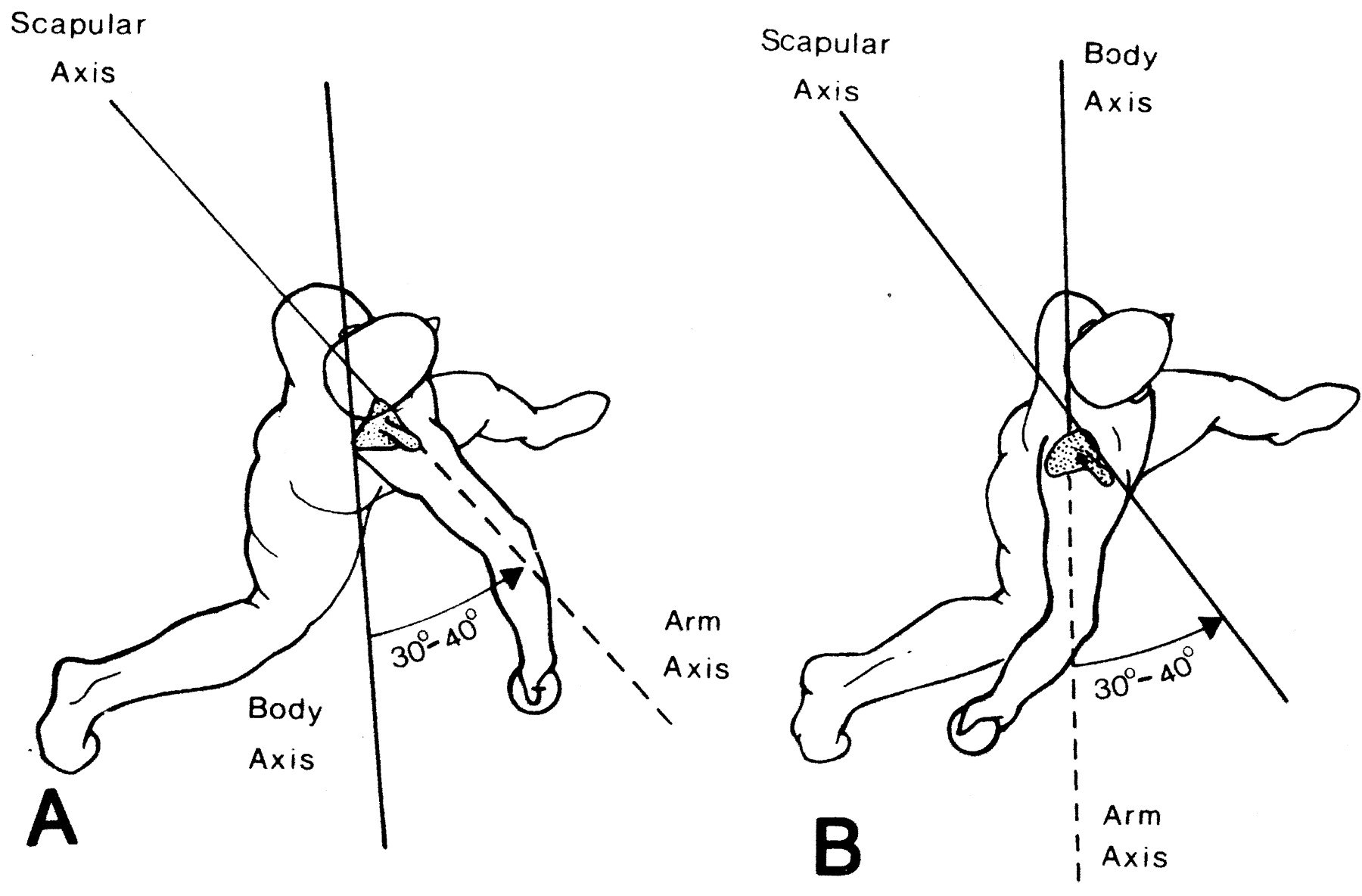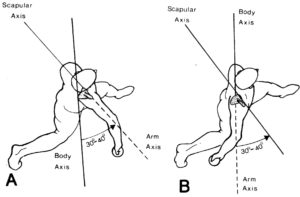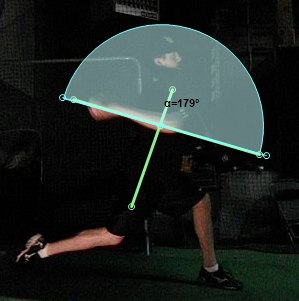Stephen Strasburg, Mechanics, and his "Timing Flaw"

Tom Verducci has a very interesting article about Stephen Strasburg: Mechanical flaw will be red flag for Strasburg even after return. In it, he says:
The answer to why Strasburg blew out — and why his future is a risky one — may lie in his mechanics. Several pitching coaches quietly predicted Strasburg was at risk before he broke down. He will continue to bear risky loads on his elbow and shoulder unless he changes the way he throws.
To understand the danger of the glitch, first you must understand the most critical point of a pitcher’s delivery. The pitching motion is a kinetic chain of events, carefully calibrated and timed, like a Formula One car’s engine, for maximum efficiency. But above all others one link of the chain is most important: the “late cocking phase,” or the phase during which the shoulder reaches its maximum external rotation with the baseball raised in the “loaded” position (typically, above the shoulder) and ready to come forward.
His description is not exactly correct. The late cocking phase is when the arm is laying back in maximum external rotation (MER) as he points out, but it has nothing to do with where the baseball is raised in the “loaded” position. The “loaded” position he describes is the “high cock position” before the arms lays back and precedes the late cocking phase.
It’s not all that important, but it’s worth pointing out.
He goes on to say:
Here is the key to managing the torque levels in the late cocking phase: timing. The ball should be loaded in the late cocking phase precisely when the pitcher’s stride foot lands on the ground.
Interesting. His source?
“If he’s too early or too late he winds up with more force on the shoulder and elbow,” said Glenn Fleisig, Ph.D., research director for the American Sports Medicine Institute in Birmingham, Ala. “The energy gets passed to the arm before it was ready, or after.”
Now this is very interesting. Neither Dr. Fleisig nor ASMI has ever said that this was a specific mechanical flaw that can cause injury. Dr. Fleisig even went on to say:
“It’s not a case of too much armpit angle,” Fleisig said, referring to the moment when the elbows are raised. “It’s that the arm hasn’t rotated yet.”
Fleisig spoke in general about the glitch some pitchers have with the raised elbow, not Strasburg in particular. When I asked him if this glitch puts pitchers at greater risk of injury, he said, “Totally. It is risky and dangerous. That’s a red flag. Definitely.”
This makes sense for a lot of reasons. In Humeral Torque in Professional Baseball Pitchers, Sabick et al. demonstrated that loading rate is an important factor when considering bone stress. The absolute value of MER may not be as important as the rate at which MER is achieved when it comes to evaluating stressors on the arm. If two pitchers have an MER measurement of 170 degrees but Pitcher A’s Shoulder External Rotation Angular Velocity is twice as fast as Pitcher B, then it makes sense that Pitcher A would be more likely to injure connective tissue around his shoulder and/or elbow.
We’ve been doing these types of measurements for more than a year here at Driveline Baseball in our biomechanics lab, as pointed out in January 2010 in the article Kinematic Analysis: Wrist to Elbow Relationship.
What actually blows my mind is this quote:
How important is this specific timing? I spoke with a key decision maker for one club last week who, speaking on the condition of anonymity, said his club will not consider any pitcher — by draft, trade or free agency — who does not have the baseball in the loaded position at the time of foot strike.
Wow! If true, this is a pretty amazing statement to make! Simply eyeballing these types of metrics from 30 FPS broadcast-quality video is dangerous stuff. High-speed video should be taken of any and all pitchers you are interested in evaluating (if possible) and ideally a planar biomechanical analysis can be done without too much hassle.
However, it’s good to see that these issues are being talked about in the major media outlets. It helps reinforce the need for biomechanical analyses of pitchers to gather a large amount of data and to make inroads on mitigating throwing-related injuries while maximizing performance at the same time.
Comment section
Add a Comment
You must be logged in to post a comment.


Stephen Strasburg’s “Bad” Mechanics, Two Years Later | Pro Ball NW -
[…] out the aforementioned Kyle Boddy’s quick take on the article at his new residence.
Strasburg, The Inverted W, and Pitching Mechanics | Driveline Baseball -
[…] W, and Pitching Mechanics EDIT: Welcome Grantland visitors! Be sure to read the follow-up on Strasburg’s Timing Flaw that Tom Verducci wrote about in Sports Illustrated.A friend of mine told me that my old blog […]